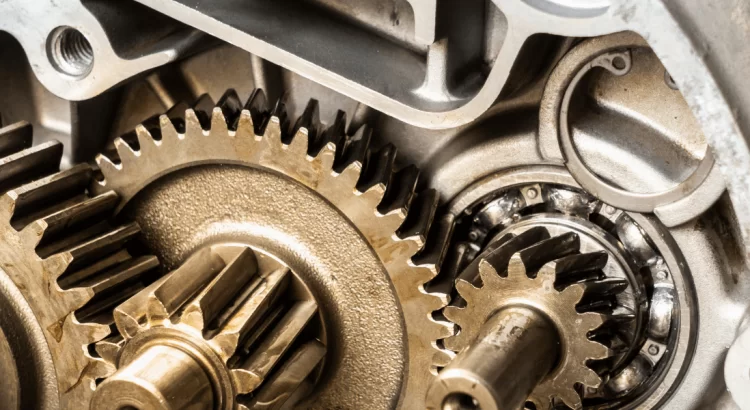Mobile:+86-311-808-126-83
Email:info@ydcastings.com
Welding Techniques for Effective Cast Steel Fabrication and Repair
Welding Cast Steel Techniques, Challenges, and Best Practices
Welding is a critical process in the fabrication and repair of cast steel components. It involves joining two or more pieces of metal together using heat, pressure, or both, to create a strong and durable bond. Cast steel, known for its excellent mechanical properties and versatility, is commonly used in various industries, including construction, automotive, and manufacturing. However, welding cast steel presents unique challenges that require specific techniques and practices to ensure successful results.
Understanding Cast Steel
Cast steel is an alloy of iron, carbon, and other elements, typically produced by pouring molten metal into molds. This process results in complex shapes and structures that provide excellent strength and durability. The carbon content in cast steel typically ranges from 0.3% to 0.6%, imparting various mechanical properties that make it suitable for welding. However, the composition and microstructure of cast steel can significantly influence the welding process.
Types of Welding Techniques
Several welding techniques can be used to join cast steel, each suited for different applications and thicknesses. The most common methods include
1. Shielded Metal Arc Welding (SMAW) Also known as stick welding, this method uses a coated electrode to produce an arch between the electrode and the workpiece. This is a versatile technique often employed for its ability to perform well on rusty or dirty surfaces.
2. Gas Metal Arc Welding (GMAW) This method uses a continuous wire feed as an electrode and an inert gas to shield the weld pool from contamination. GMAW is favored for its speed and efficiency, making it ideal for production environments.
3. Gas Tungsten Arc Welding (GTAW) Also known as TIG welding, this technique utilizes a non-consumable tungsten electrode to produce the weld. GTAW provides excellent control over the weld pool and is often used for thinner sections of cast steel.
4. Submerged Arc Welding (SAW) In this method, an arc is formed between a continuously fed electrode and the workpiece, with the weld area being covered by granular flux. SAW is known for producing high-quality welds with deep penetration, making it suitable for large-scale fabrication.
Challenges in Welding Cast Steel
welding cast steel

Welding cast steel can be fraught with challenges due to its unique properties. One of the main difficulties is controlling the heat input, as excessive heat can lead to warping and cracking. Additionally, cast steel has a higher carbon content than wrought steel, which can lead to the formation of hard, brittle microstructures, particularly in the heat-affected zone (HAZ).
Another significant issue is the potential for porosity, which occurs when gas gets trapped in the weld pool during solidification. This can weaken the weld and lead to failure under stress. To mitigate these risks, welders must be adept at selecting the appropriate filler materials and preheating or post-weld heat treatment methods to relieve residual stresses.
Best Practices for Successful Welding
To successfully weld cast steel, certain best practices should be adhered to
1. Material Preparation Ensure that the surfaces to be welded are clean and free from contaminants. Removing rust, oil, and dirt will help improve the quality of the weld.
2. Preheating For thicker sections, preheating can help reduce the thermal gradient and minimize the risk of cracks. The optimal preheat temperature will depend on the thickness and composition of the cast steel.
3. Appropriate Filler Material Selecting the right filler material is crucial. The filler should be compatible with the base material in terms of composition and mechanical properties to ensure a strong bond.
4. Control of Heat Input Monitoring and controlling heat input during the welding process will help avoid issues like warping and undesirable microstructural changes.
5. Post-Weld Treatments After welding, conducting stress-relieving heat treatments can help minimize residual stresses in the weld and enhance the overall mechanical properties of the joint.
Conclusion
Welding cast steel is a complex process that requires a solid understanding of materials, techniques, and best practices. By recognizing its unique challenges and implementing careful strategies, welders can achieve strong, lasting joints that meet the demands of various applications. With advancements in technology and material science, the future of welding cast steel continues to evolve, promising improvements in efficiency and quality across industries.
-
Understanding Metal Casting TechniquesNewsApr.02,2025
-
Understanding Exhaust Manifolds for Enhanced Engine PerformanceNewsApr.02,2025
-
The World of Metal FabricationNewsApr.02,2025
-
Key Components for Pump and Turbo EfficiencyNewsApr.02,2025
-
Essential Tools for Automotive Maintenance and RepairNewsApr.02,2025
-
Durable Valve Components for Effective Water ManagementNewsApr.02,2025











